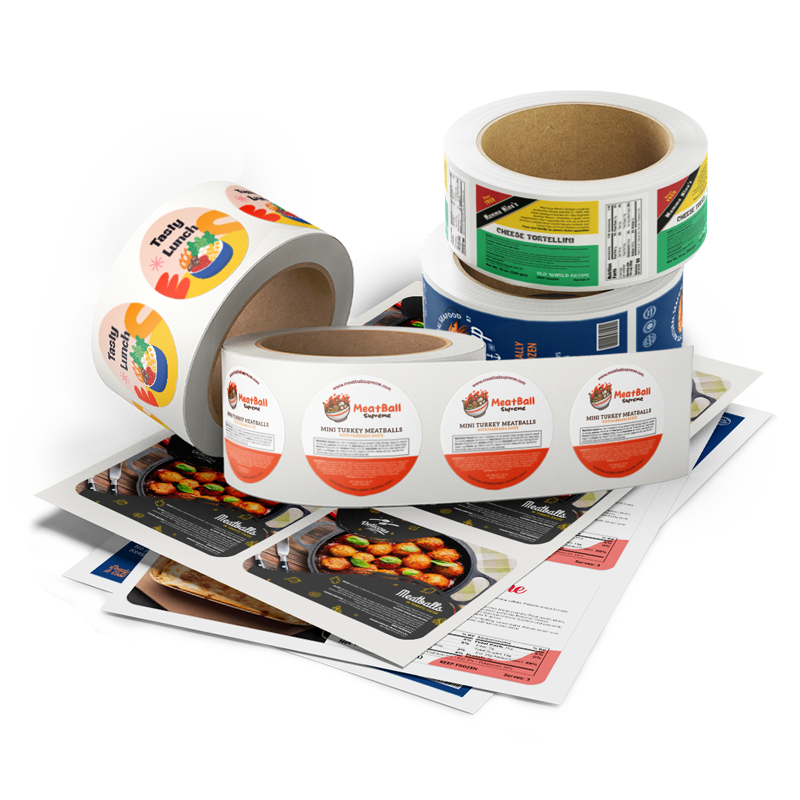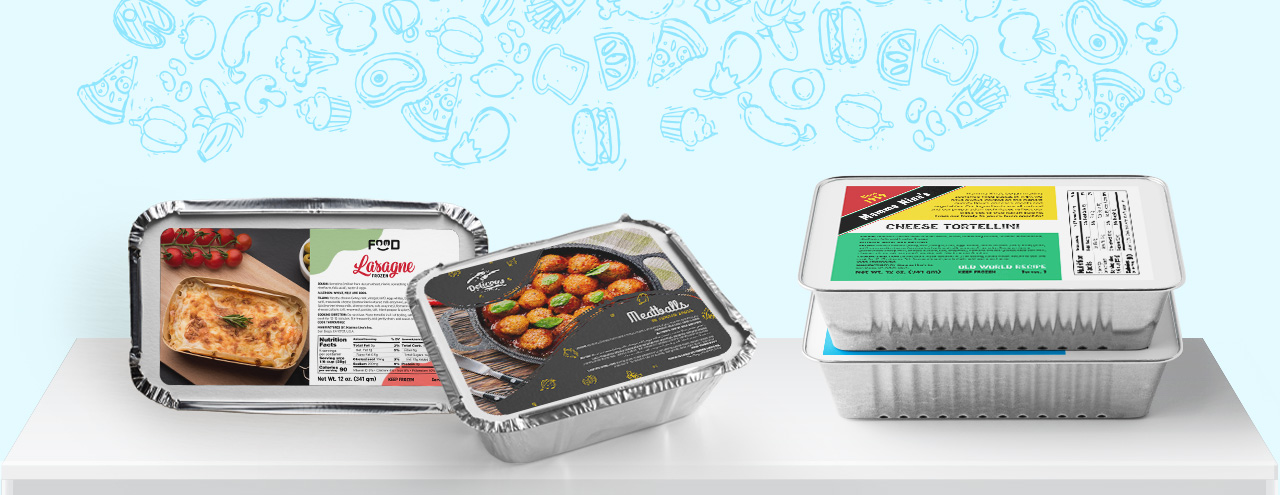Frozen TV dinners or frozen “heat and serve” dinners have been present on the market and in many consumers’ homes for more than 60 years. They owe their popularity to the fact that they are easy to prepare, which makes them a perfect solution for busy people who don’t have time to cook. Frozen dinners, or also called frozen meals, contain a main course and several side dishes that require little preparation and make one complete meal.
Since the moment TV Dinners was first introduced to consumers, the producers have enriched their offer of these products with a variety of flavors and different serving sizes. Nowadays, when the concept of healthy living (healthy lifestyle) is widespread, manufacturers are more focused on the type of ingredients in their frozen meals in order to offer healthier frozen meal solutions and acquire new customers.
If you are new in the business of frozen dinners, and you have already chosen the type of flavor for your frozen meal product and what your product’s packaging will look like, it’s time to think about the way you will label your product. Labeling is an important part of your business strategy since labels carry important information about your product and, at the same time, make your product more appealing to consumers. Colorful, custom labels for TV dinners can be a decisive factor for consumers in the process of buying and can help you assume a better position in the marketplace.
Labels for frozen meals should not only be alluring, but also useful to the customers. The information on them should comply with the requirements that are regulated by the U.S. Food and Drug Administration (FDA) and U.S Department of Agriculture (USDA).
How to properly label frozen meals
Since USDA regulates labeling for meat and eggs, all ready to eat meals that include these foods need to be labeled in compliance with USDA labeling requirements.
Mandatory information on the label includes:
- product name
- handling statement
- safe handling instructions
- inspection legend
- net weight information
- ingredients list (including allergens)
- company name and address
- nutrition facts label
According to FDA regulations, a frozen “heat and serve” dinner should have a minimum of three components. One of the components should have a significant amount of protein, and others should consist of vegetables, fruit, potatoes, rice, meat, poultry, fish, eggs or cheese. A frozen meal can also include dessert, beverages, soups or bread.
Information that should be included on a product label according to the FDA:
- statement of identity (common name of the food product)
- net weight information
- company name and address
- ingredients list (including allergens)
- nutrition facts label
“Serving suggestion” that producers put on the label of frozen meals often includes suggestions for foods that are not in the packaging. In cases like these, FDA requires a clear statement on the label, stating that such foods are not present inside the packaging.
Choosing Freezer-Grade Materials
Besides providing mandatory label information, producers should also choose the right label material resistant to low temperatures. The best solution for labels that are intended to be on frozen products are durable, moisture-resistant label stock and freezer grade adhesives. If you have any doubts regarding the best material for your custom labels, contact our team and get professional advice in no time.
History of TV Dinners: Did you know?
TV Dinners were developed by accident in 1953 when a food producing company Swanson & Sons overestimated the customers’ needs for turkey during Thanksgiving. In order to not waste 260 tons of turkey, the company came to an idea to sell it as turkey frozen dinners packed in aluminum trays. These frozen dinners were sold in supermarkets all over the United States. Since then TV dinners replaced aluminum trays with plastic ones and became an ordinary product on market shelves.
Order Custom Labels
From selecting materials to setting up the design, our team is available to help you at every stage. Contact us at any time, we are pleased to assist you.


